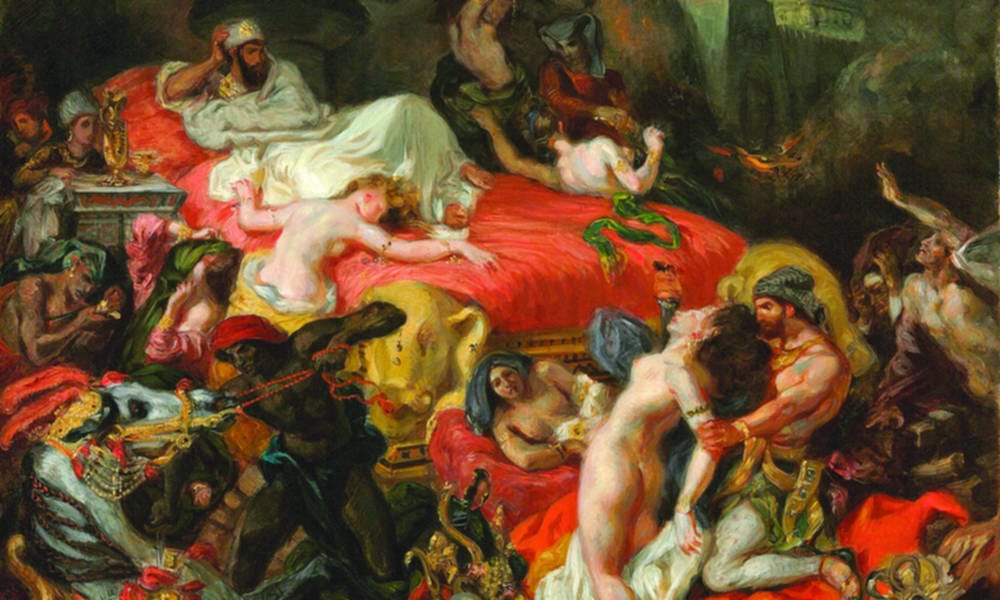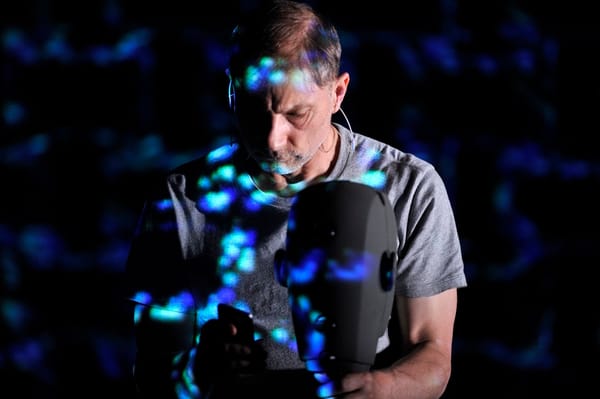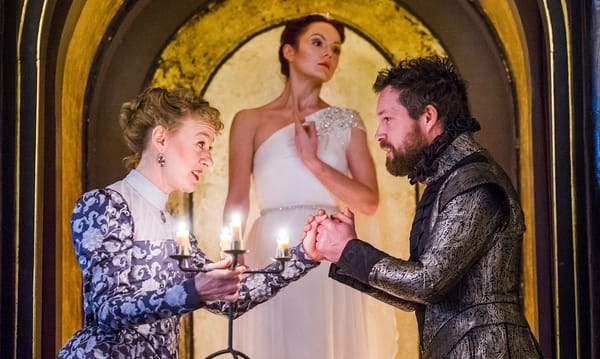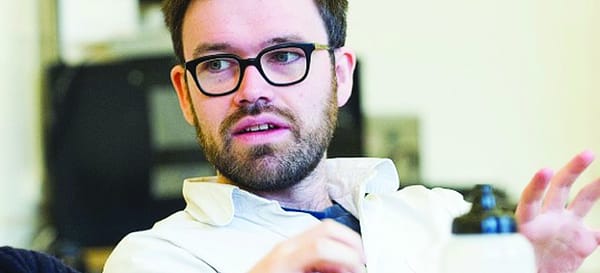How Delacroix inspired 20th century art
The National Gallery highlights the old masters’ influence on Impressionists

Most would not expect the last painter of the grand style to be one of the first modern artists, and so it is quite daring and unique for an exhibition to make such a statement. Delacroix and the Rise of Modern Art sheds light on Delacroix’s overlooked role as being an early modern revolutionary in both his individual style and the influence he had on succeeding modern masters.
The show opens with Cezanne’s statement – “We all paint in Delacroix’s language”. In each room, some of Delacroix’s paintings are displayed alongside a painting by another artist which directly mimic or incorporate certain elements from that specific work of Delacroix’s. This layout exposes his influence and shows that this “we” in Cezanne’s statement includes Renoir, Van Gogh, Monet, Manet, Matisse, Kandinsky, as well as countless others.
Delacroix’s works themselves reflect his rebellious vision of liberating colour and technique from traditional rules, unafraid of official opposition with which many of his paintings were met. His controversial The Death of Sardanapalus (the small version is displayed in Room one) , for example, when first shown at the Salon, was condemned for bizarreness, violence, and sexuality (curiously, in our times these themes have been so commonplace in modern art that they’ve almost become overused and no longer surprise, really). Delacroix’s innovative composition in this painting was, however, impressive and influential to the modernists, as we see the composition of the figures mirrored in Cezanne’s The Eternal Feminine shown alongside the work. Arguably, Delacroix’s determination to “express passion as clearly as possible”, as Baudelaire said, and rebel against traditions inspired the following generations of modernists to push creative boundaries.
He was a pioneer of painting simply for art’s sake
Even though most of the works by Delacroix displayed in the exhibition have religious, mythological, and literary themes – subjects of grand tradition and unseen in works by the Impressionists – he was chiefly attracted by these subjects in that they allowed “full play to the imagination” and a way for him to find “his own particular feelings to express”. His habit of painting a scene to express and convey feeling rather than an objective narrative was a key reference point for Impressionists.
We see Delacroix’s influence on the Impressionists particularly in Room four. He pointed out that “even when we look at nature, our imagination constructs the picture” and true to this belief, Delacroix expressed the emotions felt before nature through subjective use of colour and form. This offered a precedent for a new type of landscape painting taken up by the Impressionists, who expressed the personal experience and sensations evoked in the artist by nature through their paintings.
In Room three are Delacroix’s surprisingly bold flower paintings, a relatively underrated part of his oeuvre. They are a contrast to his mythological and oriental themes dominating the previous two rooms.. He painted flowers as a way to show mastery of colour, and they were some of the earliest examples of the revolutionary movement “art for art’s sake”; painting for sake of painting, for aesthetic joy of artist and audience.
Over all in Delacroix’s works in this exhibition, including ones influenced by mythology and orientalism, his color scheme is very similar to that of the avant-garde works. His omnipresent and persistent palette of bright bold navy, red, yellow, and black immediately brings to mind the palette of Malevich’s Suprematism paintings. Delacroix himself said, “I dislike reasonable painting” – a statement resonant of an abstractionist’s motto, isn’t it?
The last room seems to reaffirm Delacroix’s central role in development of modern art. There is just one small painting by him in this room, alongside several works by Matisse and a work by Kandinsky – both prominent figures of the early 20th century modern art world. This room implies Delacroix’s lasting legacy, and it’s a shame that it ends so early in the art history timeline! It would be even more curious to see Delacroix’s influences on later modern artists such as Picasso.
The show’s punchline is Fantin-Latour’s Immortality, where a winged figure representing immortality showers roses towards the greenery of a park above which the name “Delacroix” faintly hovers. This is almost too blunt an expression of the show’s theme of Delacroix’s enduring legacy when it has already succeeded in subtly and artfully expressing its title in various ways throughout each of the rooms.
Perhaps it is not only the influence of his revolutionary use of colour and form to express feelings that lives on in modern art, but also the central idea for painting that he expressed in the last line of his personal journal – “The first merit of painting is to be a feast for the eyes.”
Delacroix and the Rise of Modern Art is at the National Gallery, London until 22nd May








